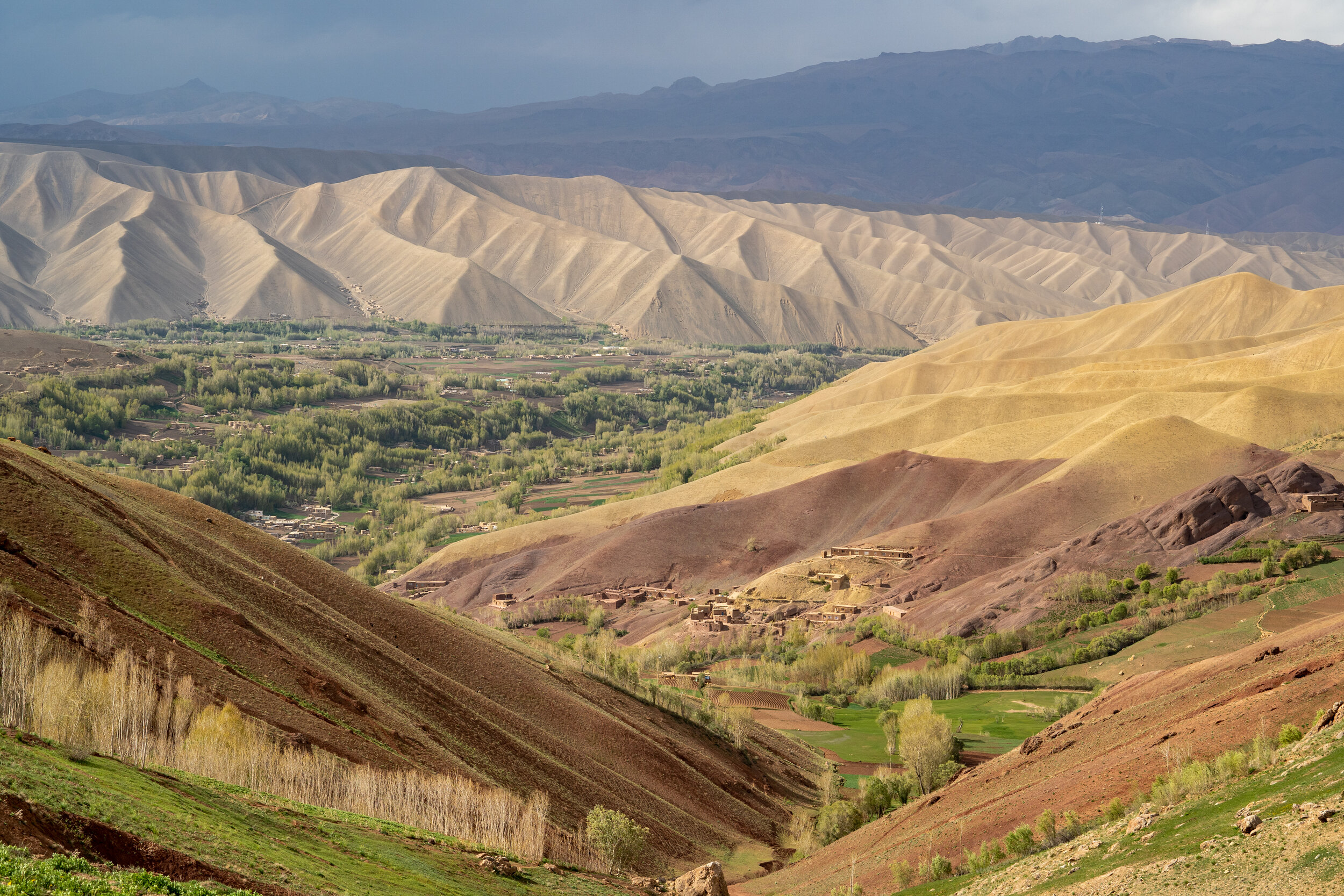
HAZARAJAT: THE HAZARA HOMELAND
Exploring the Roots of the Hazara People in Central Afghanistan
BAMYAN, AFGHANISTAN
The Hazara people comprise close to twenty percent of the Afghan population yet are significantly underrepresented. They are considered outsiders and have been consistently persecuted and discriminated against throughout history for their ethnicity and religion. The Hazaras are Shias, in contrast to other Afghan groups - Pashtuns, Tajiks, and Uzbeks - who are Sunnis.
Their homeland is located in central Afghanistan, in a region, they refer to as the Hazarajat. Comprised of Bamyan, Daykundi, Ghazni, and Ghor provinces, their homeland is geographically isolated. Snowcapped mountains, blue lakes, fertile valleys, and friendly villages speckle this sparsely populated land.
The Hazara people yearn for peace, education, and equality. Hazara students consistently score the highest on marks on the national university entrance exam. Hazara girls have the highest female literacy rate in the country, and Hazara politicians and leaders constantly rank as the most progressive. Yet, they are consistently targeted by insurgents because of their religion and progressive values.
This photo series shows the Hazara people, their homeland and culture, providing a glimpse into a group that has suffered immensely in Afghanistan.

Houses on the Hill
Bamyan, Afghanistan. May 2021.
Mudbrick homes line the golden hills and mountains surrounding the city of Bamyan in central Afghanistan. The homes have been designed to blend in with the mountains.
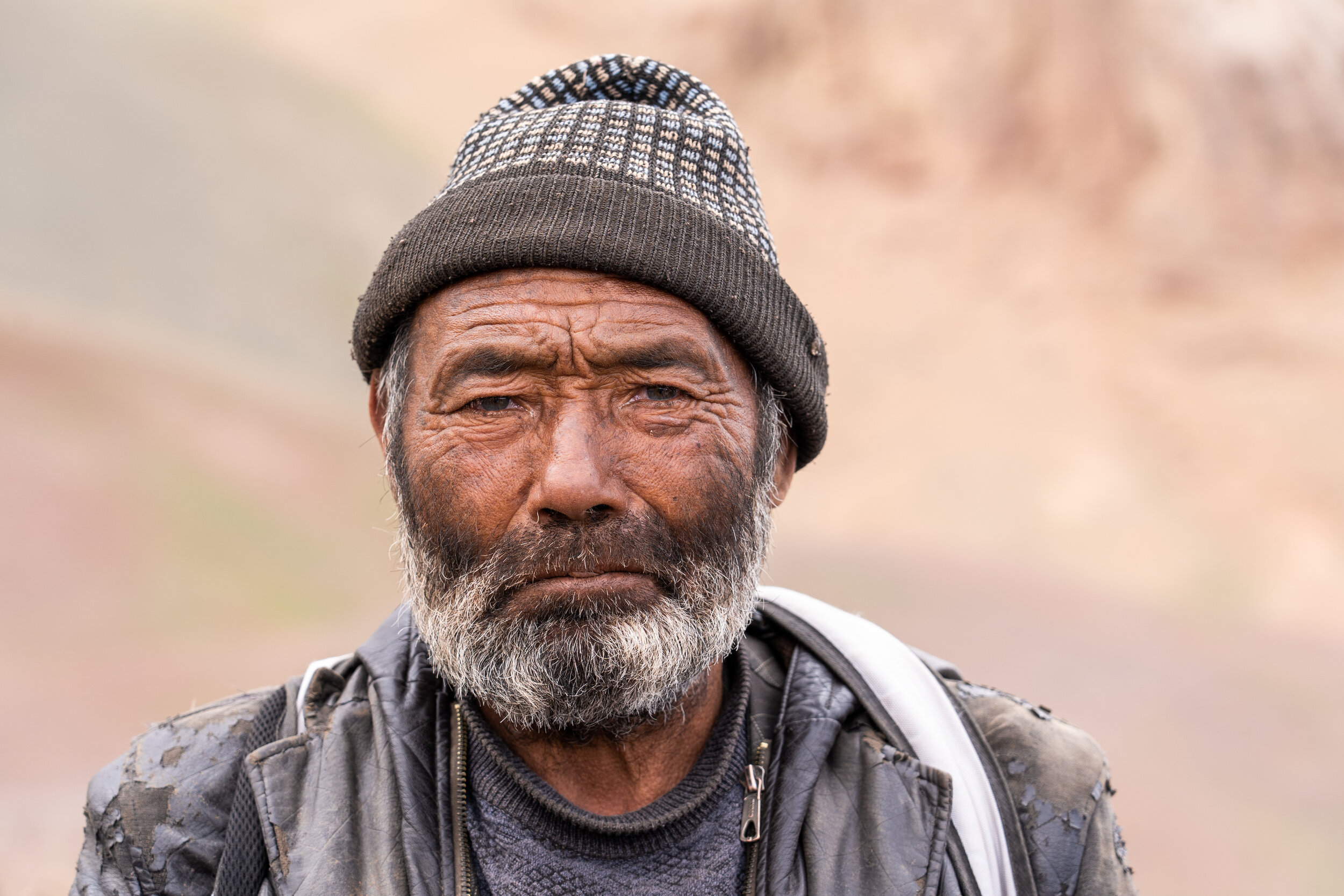
A Shepherd of the High Pastures
Bamyan, Afghanistan. May 2021.
A shepherd from the Foladi Valley in Bamyan Province poses for a portrait while tending to his sheep in the summer pasture high in the Hindukush Mountains. Hazara shepherds base out of tents and summer homes in these ripe grazing grounds throughout the summer.
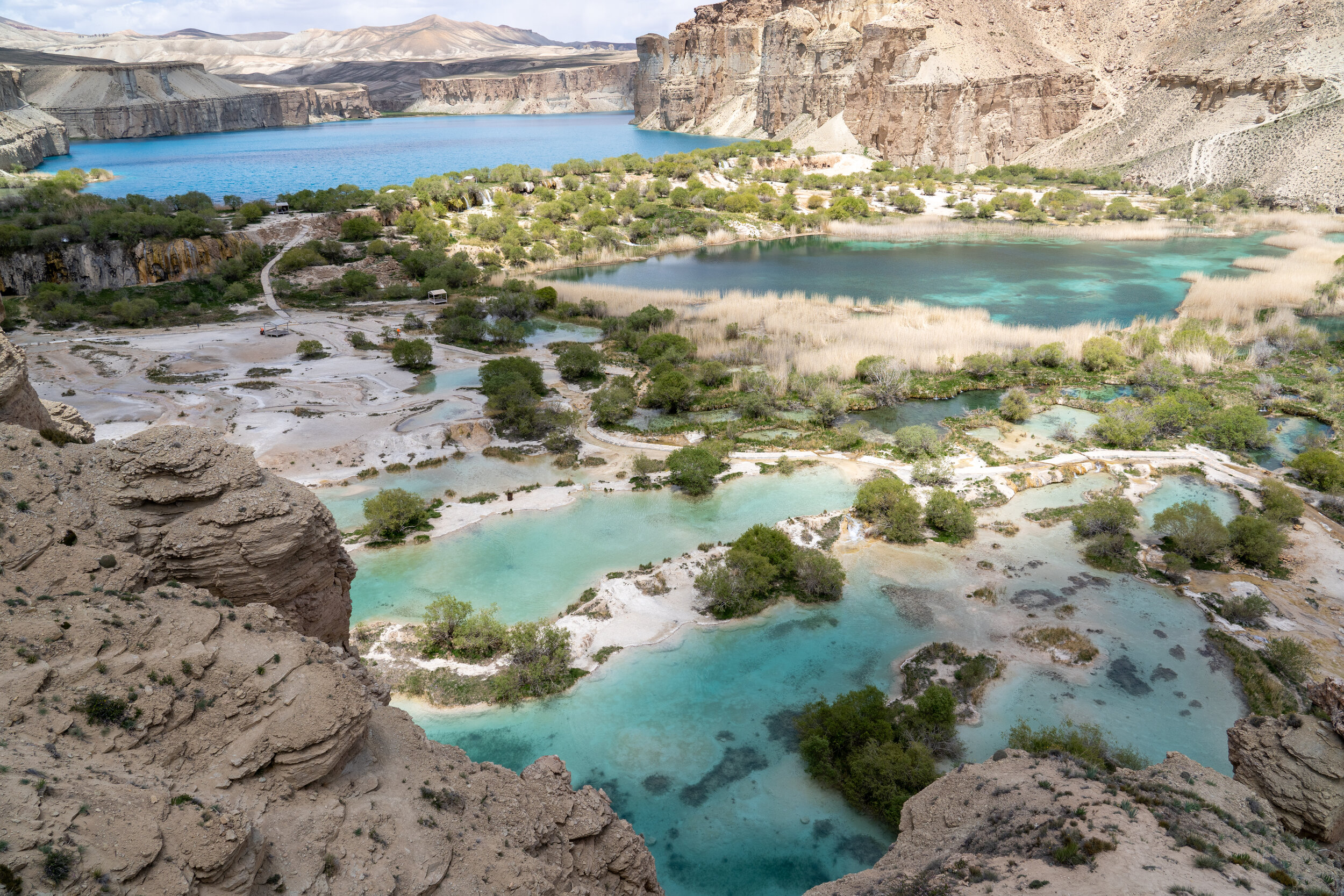
Shades of Blue at Band-e-Amir
Bamyan, Afghanistan. May 2021.
Band-e-Amir is Afghanistan’s first national park. Located in what feels like a high-altitude desert in the centre of the country, these stunning blue lakes appear out of nowhere. Each lake is a different shade of blue with its own individual micro-ecosystem. Handfuls of Afghan tourists enjoy the beauty of their national park from a series of walkways along the shorelines.
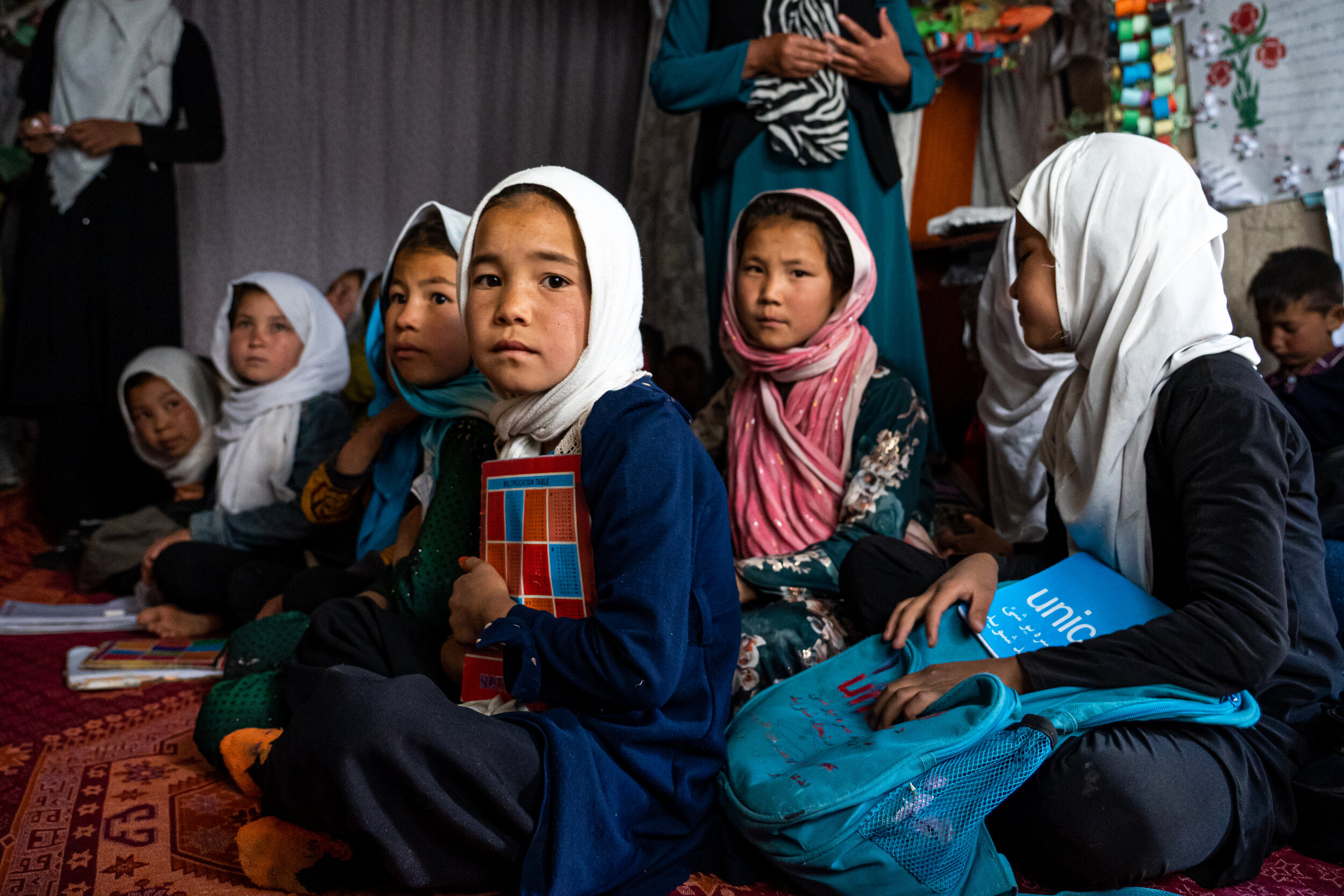
Girls in the Classroom
Bamyan, Afghanistan. May 2021.
Young girls take the front row at a classroom inside a cave on the outskirts of Bamyan city. Many of the students at this school are IDPs (internally displaced people) living with their families inside the ancient Buddhist meditation caves that dot the mountains around Bamyan. Their families fled into the city from other regions of the Hazarajat that border insurgent forces like the Taliban, where threats to their survival persist. Here, the girls can get an education.
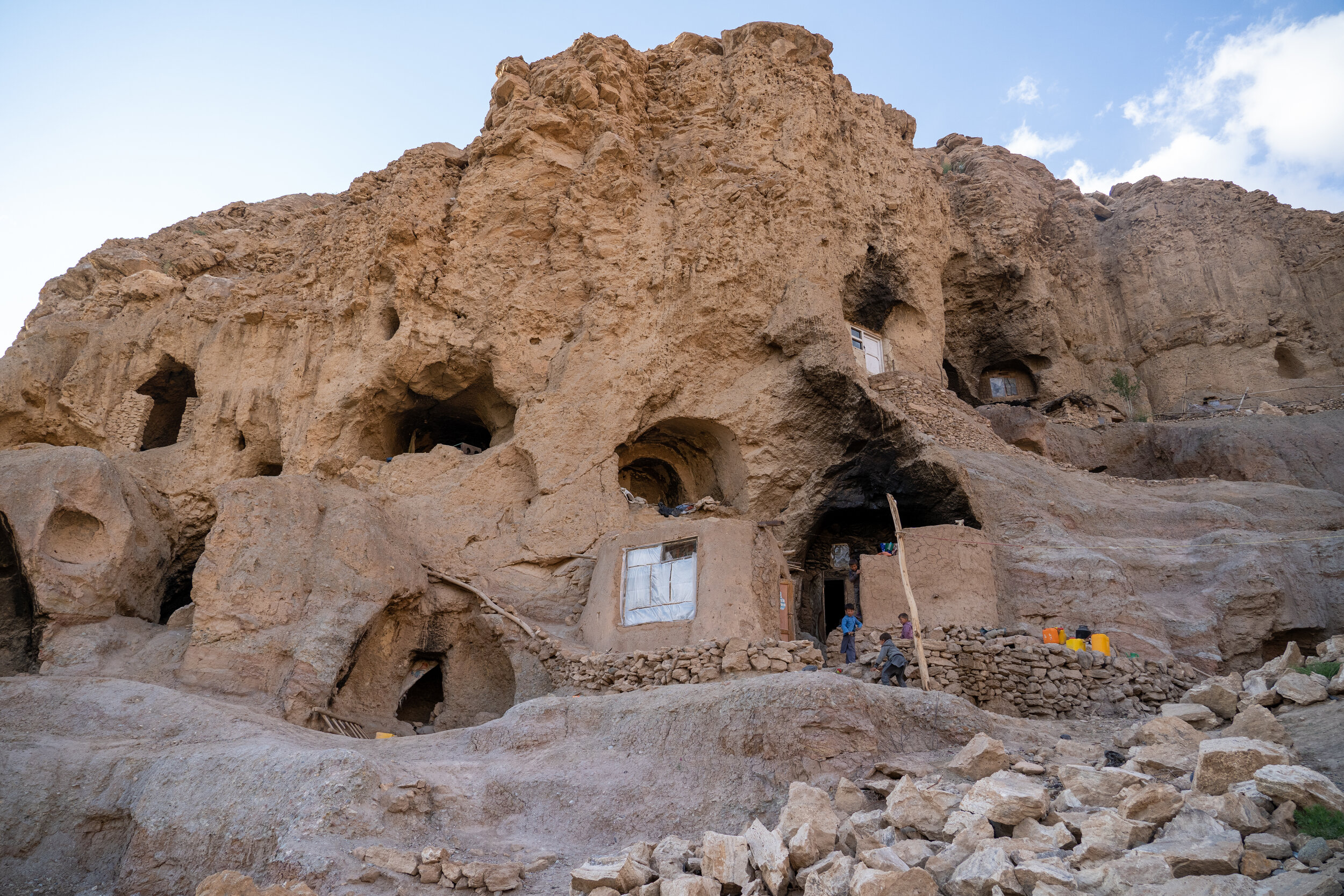
Cave Dwellings
Bamyan, Afghanistan. May 2021.
Small caves carved into the cliffs around Bamyan have played a significant role in cultural development. These meditation caves were created for the monastic orders and were once part of an ancient Buddhist kingdom along the Silk Road from the 2nd to the 10th century CE. Later, these caves were slowly transformed into homes for the local Hazara population, many of whom were not wealthy enough to construct houses.
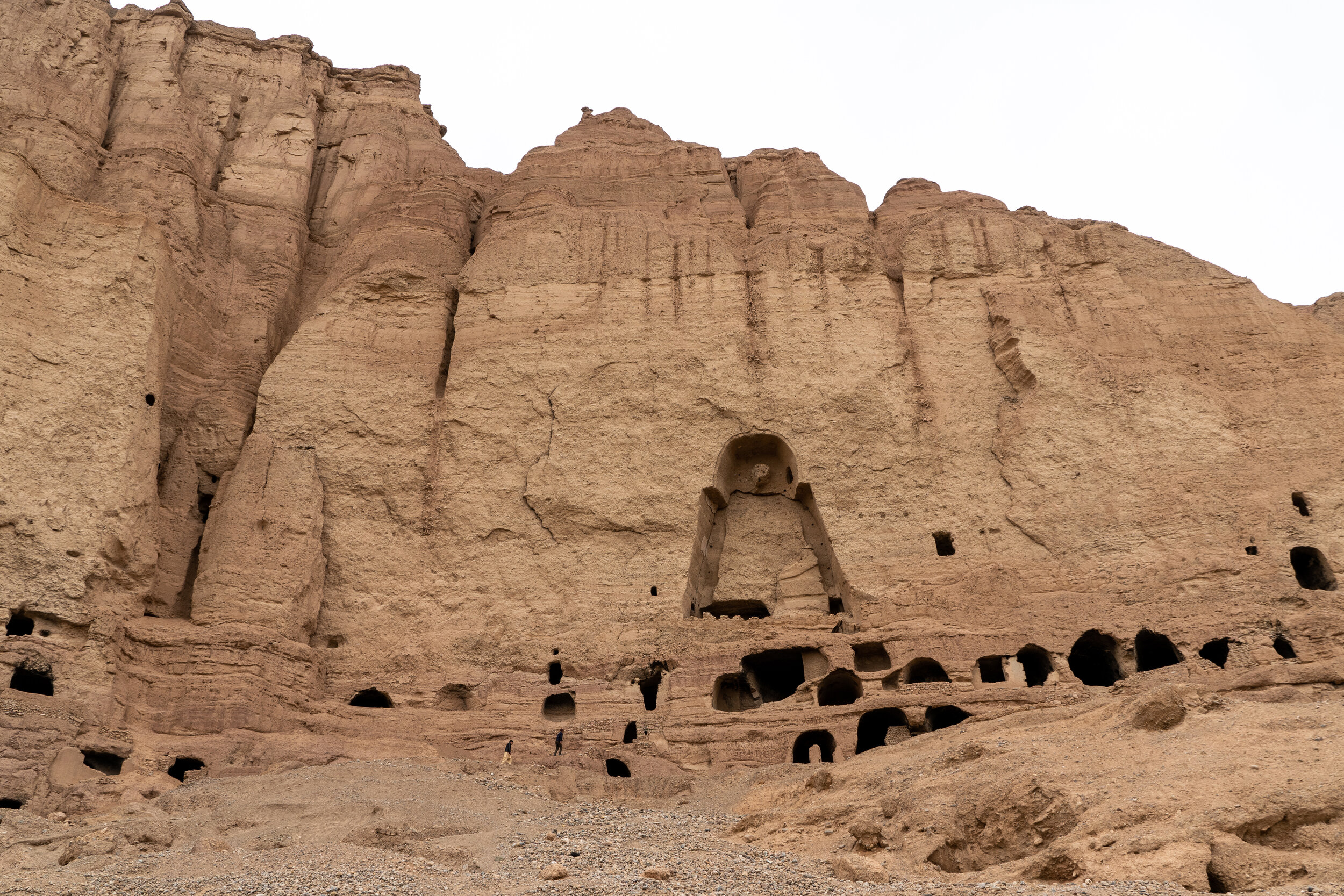
Where Buddhas Once Stood
Bamyan, Afghanistan. March 2019.
The ruins of the Buddha Niches of Bamyan provide the backdrop to the town and serve as a reminder of Afghanistan’s troubled history. The statues flourished while Bamyan was a Buddhist centre of learning during the Silk Road era until the final Islamic conquest occurred in the late 10th century.
The statues were blown up and destroyed in March 2001 by the Taliban, on orders from leader Mullah Mohammed Omar, after the Taliban government declared that they were idols. The destruction of the Bamyan Buddhas became a symbol of oppression and a rallying point for the freedom of religious expression. The Hazaras are especially proud of these statues and their Buddhist past.
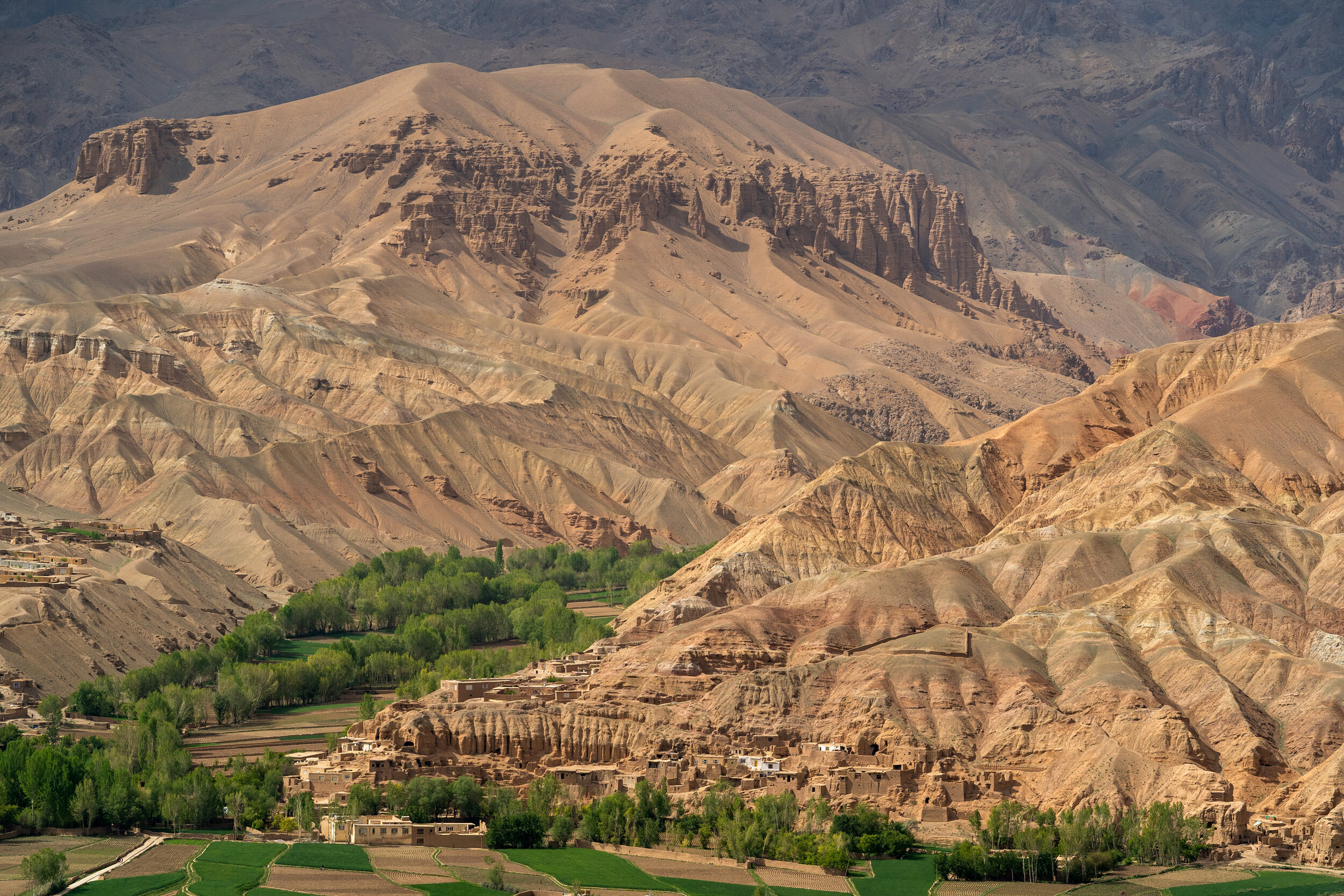
Gold and Green
Bamyan, Afghanistan. May 2021.
The golden brown colour of sandstone matched with the green from trees and fields are the most visible colours of Bamyan’s landscapes. Each valley features stark contrasting colours.

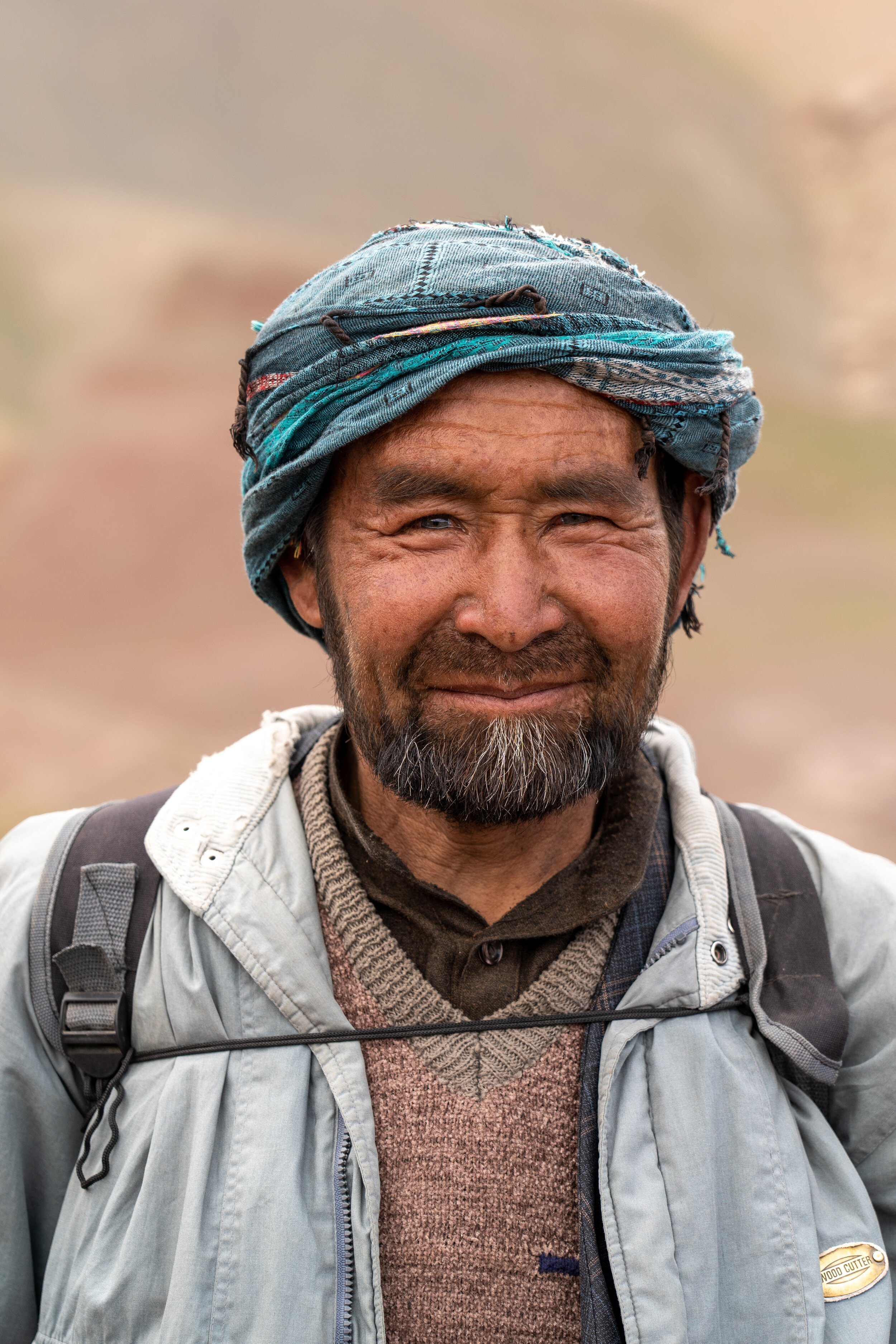
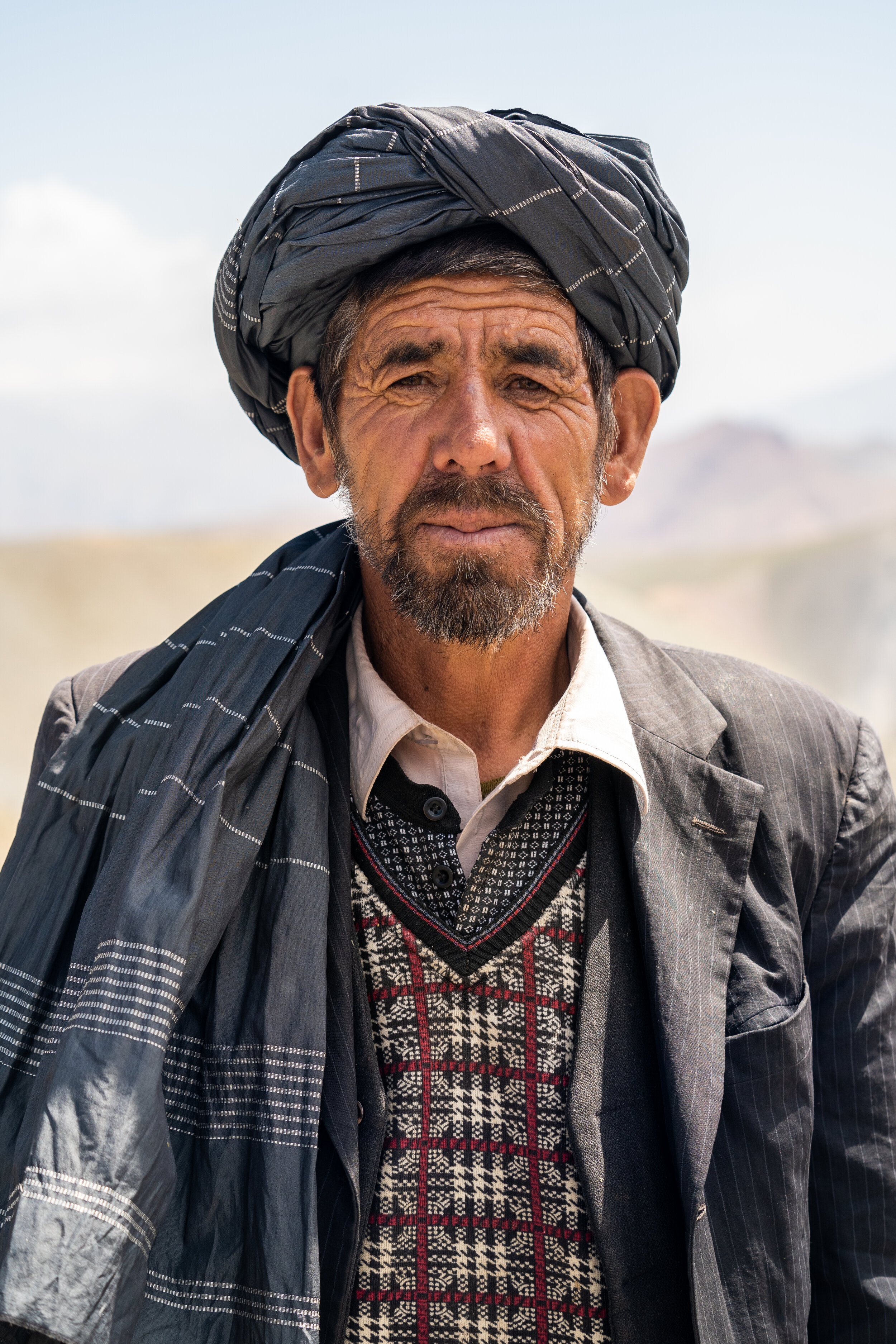
Three Men of the Mountains
Bamyan, Afghanistan. May 2021.
Three shepherds from the remote mountain valleys of Bamyan Province pose for portraits. I encountered each of them while trekking between villages on a multi-night trip in the region.
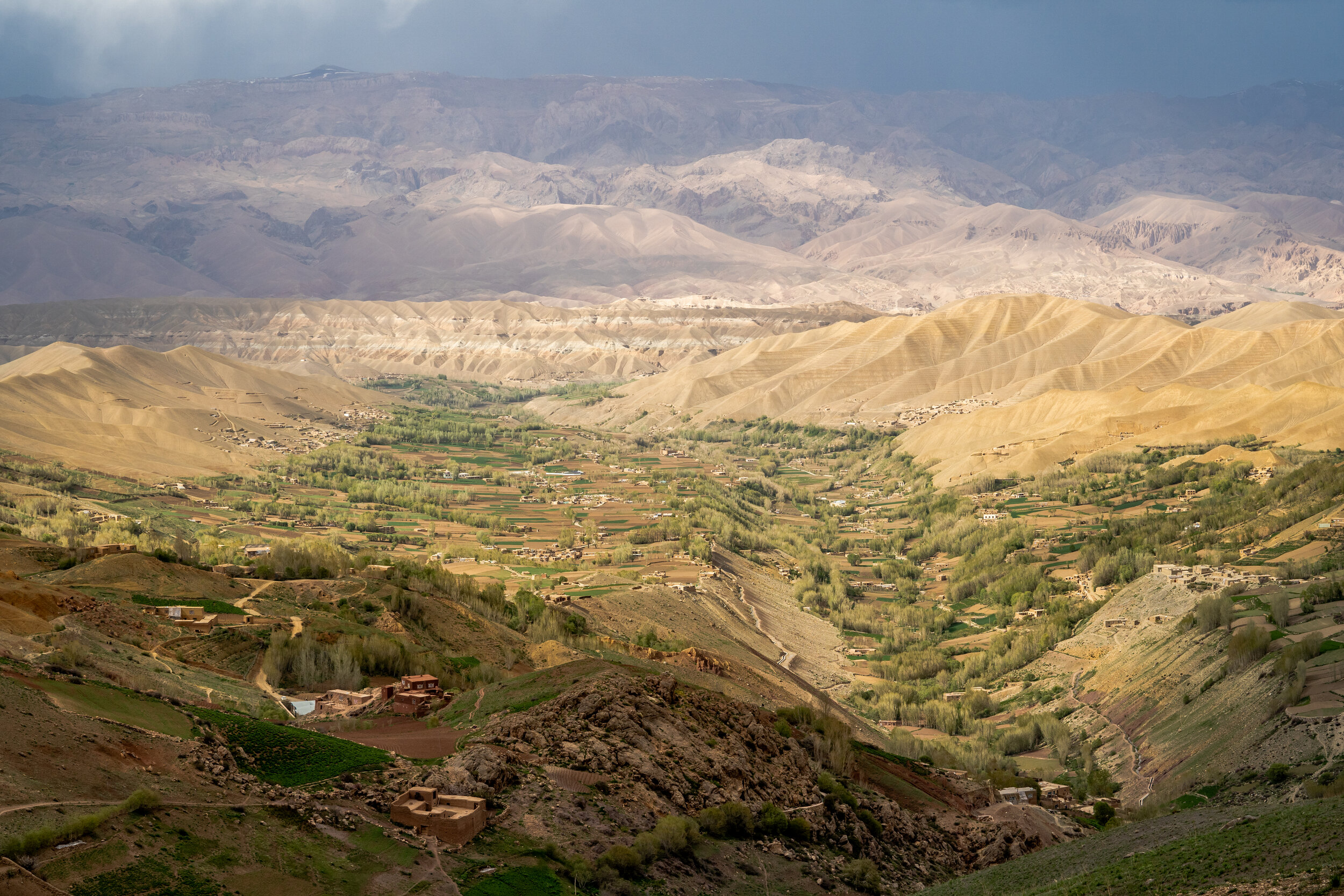
Amber Green Valleys
Bamyan, Afghanistan. May 2021.
The countryside of Bamyan Province features pastoral green farmlands, expanse valleys leading up dusty gold hillsides to the snow line.
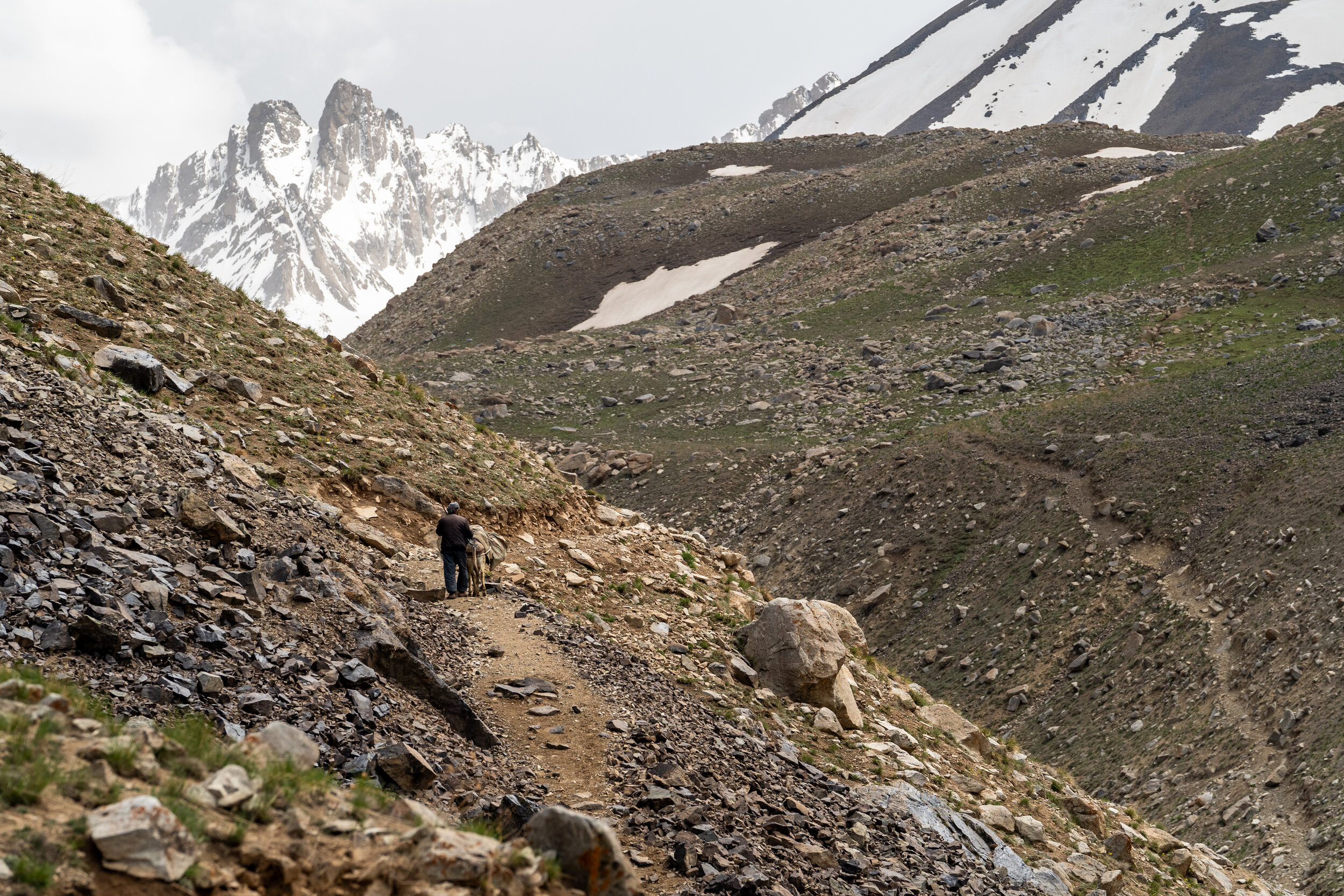
Pack Mule in the Mountains
Bamyan, Afghanistan. May 2021.
A man leads a pack mule down a path in the shadow of Foladi Valley’s snowy peaks in central Bamyan Province, Afghanistan. Many villages deep in the countryside are not connected by road; instead, a series of trails exist between them for leading sheep, horses, and donkeys.

Winter in Bamyan
Bamyan, Afghanistan. March 2019.
Snow covers a valley and the surrounding mountains in Band-e-Amir National Park in Bamyan, Afghanistan.
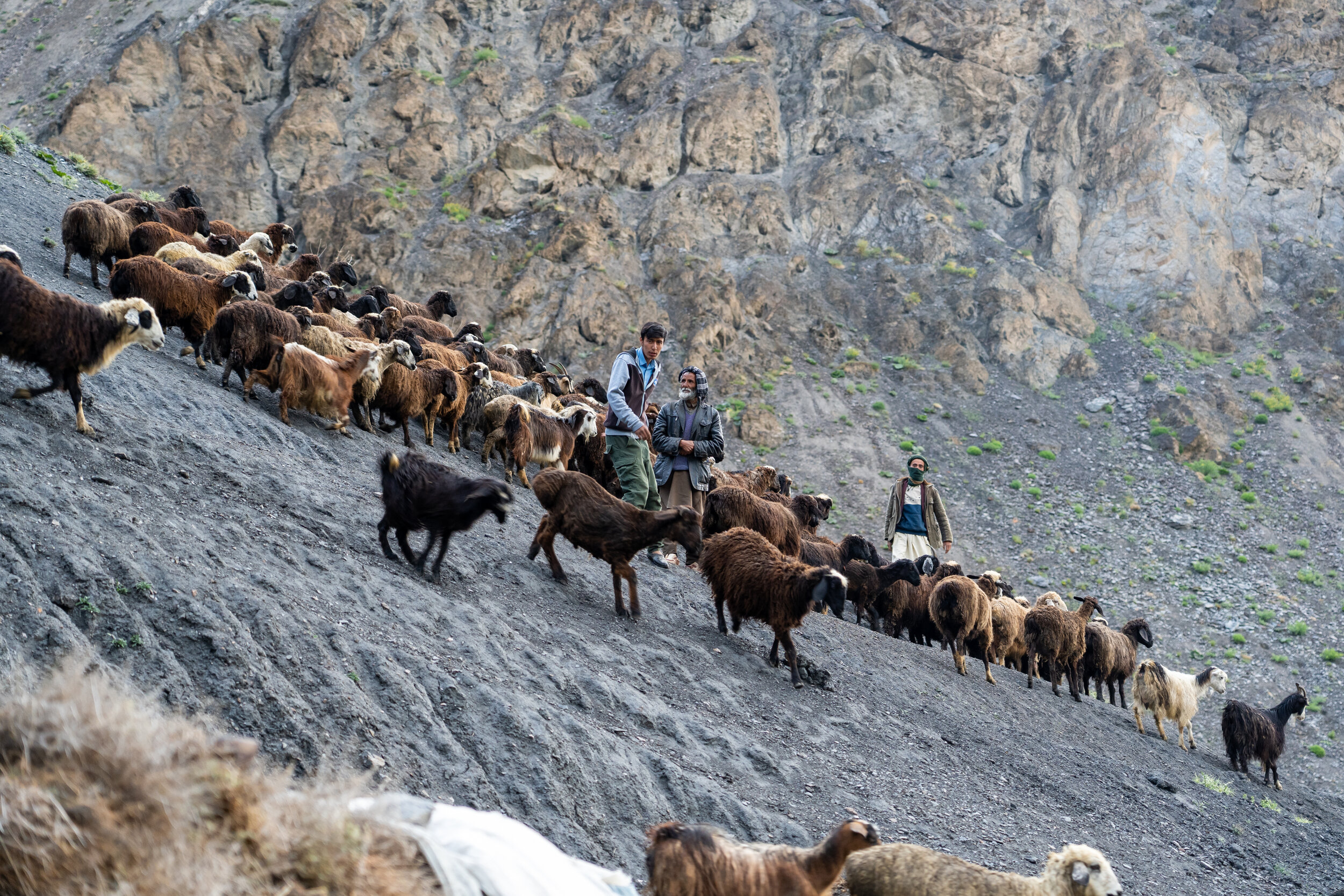
Sheep on the Slope
Bamyan, Afghanistan. May 2021.
An older shepherd and his two sons help bring sheep from their village to the mountain slope behind their homes. A couple of boys will take these sheep to the mountains to graze for the day.
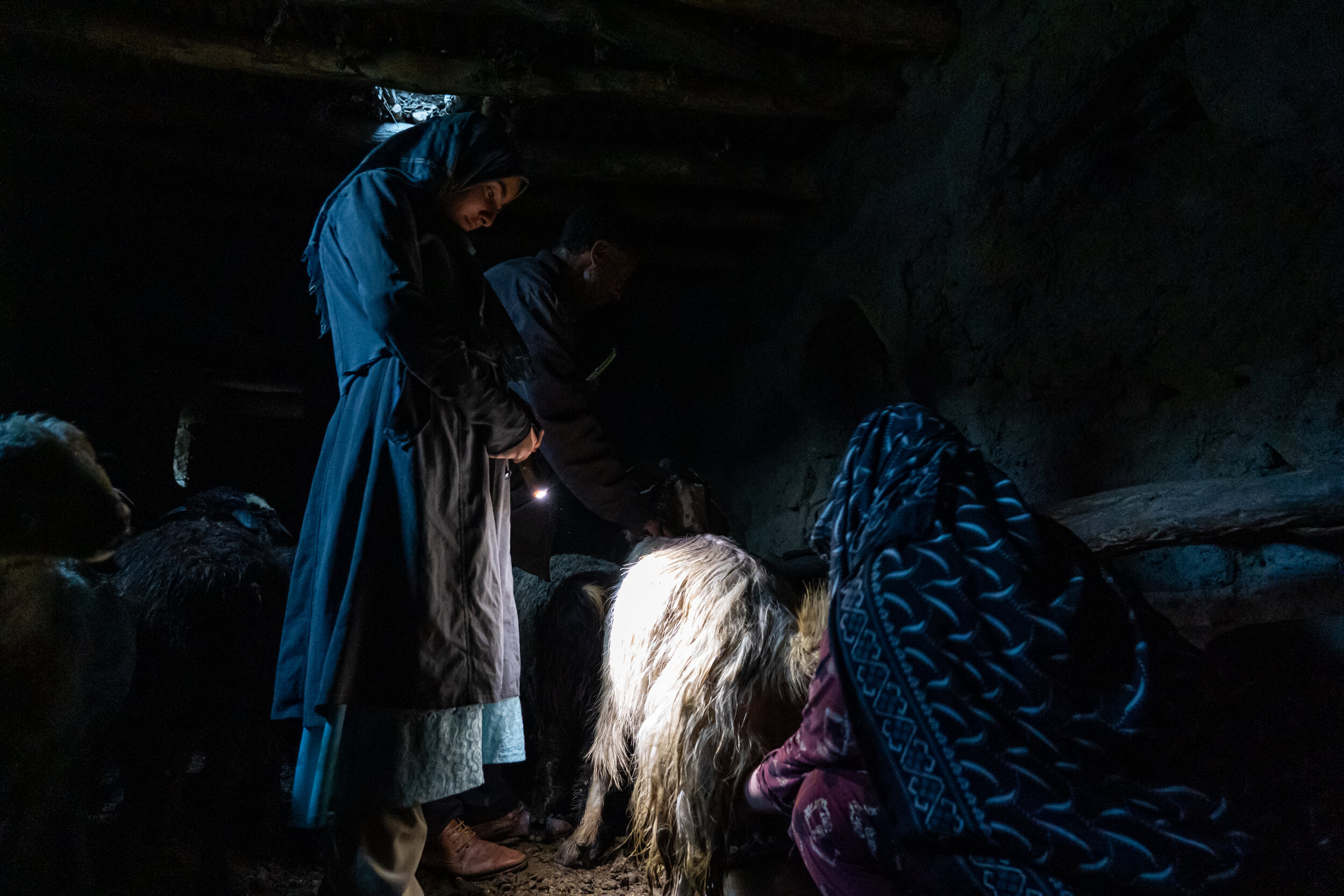
Milking the Sheep
Bamyan, Afghanistan. May 2021.
After a day of grazing on the fresh grassy slopes, these sheep are corralled underneath a house in the village. While the men are responsible for feeding them, the women milk the sheep every night.
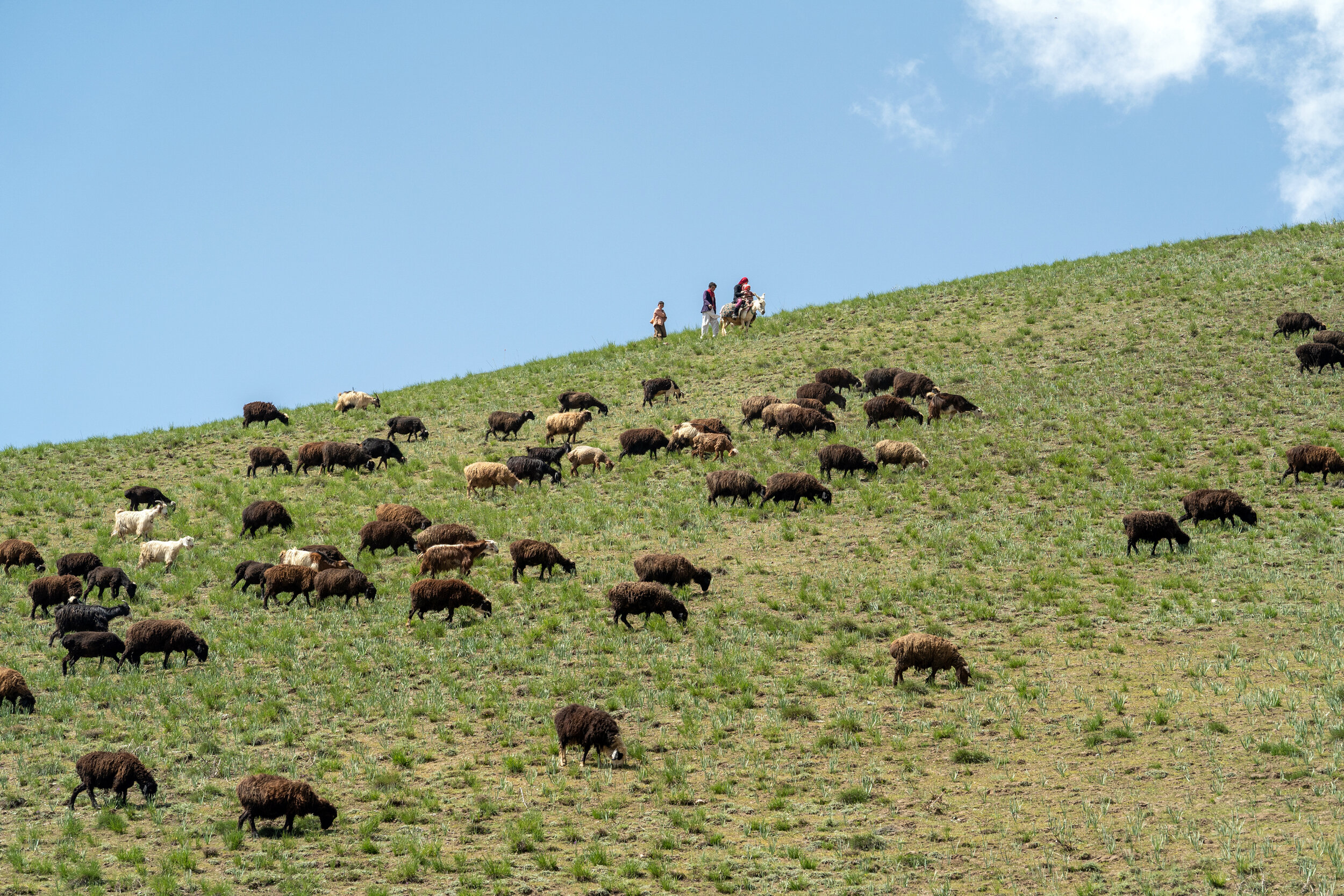
A Family Outing
Bamyan, Afghanistan. May 2021.
A local Hazara family moves between villages on foot, with the assistance of a donkey, while sheep graze on the hill.
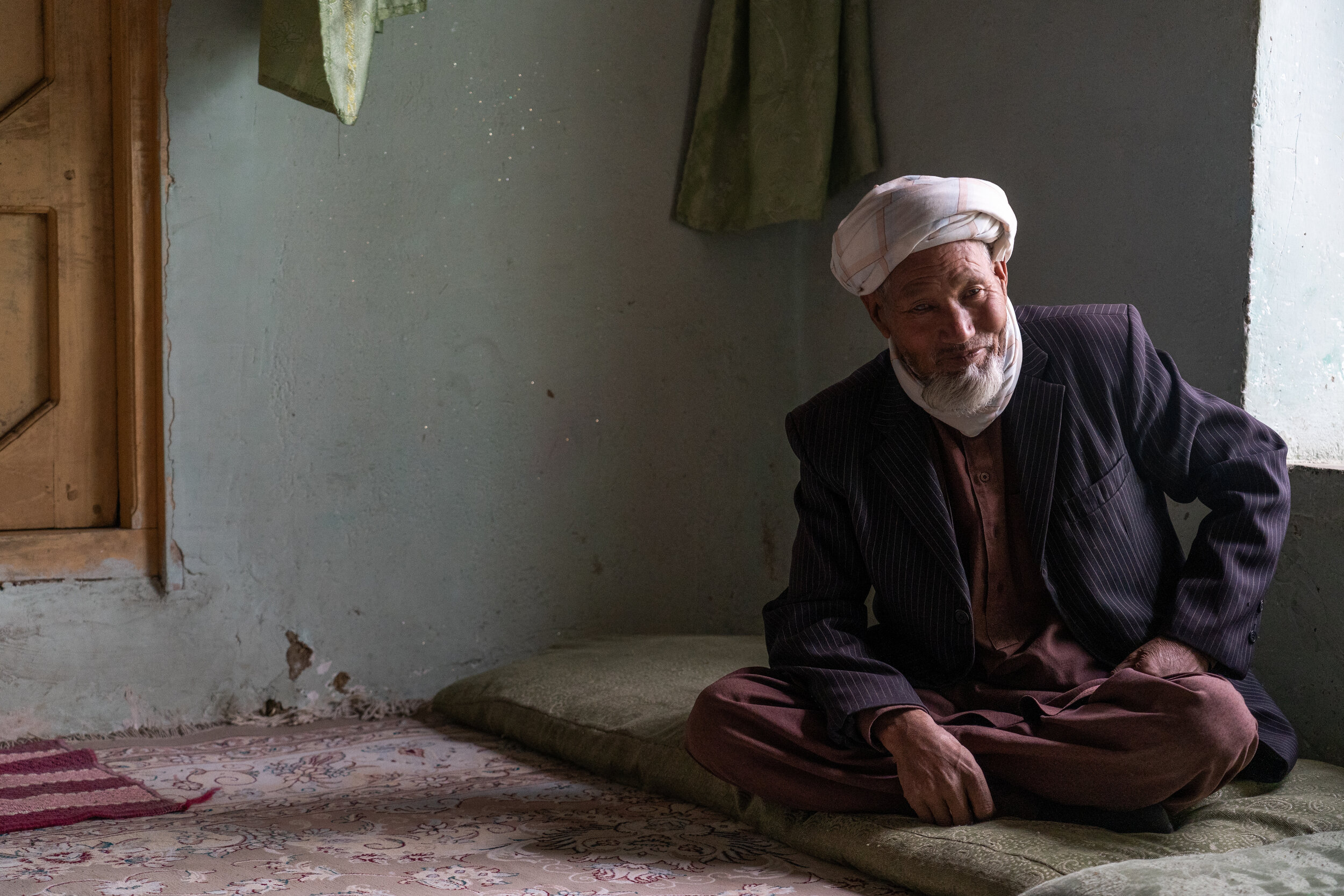
The Pilgrim to Karbala
Bamyan, Afghanistan. May 2021.
An older Hazara man sits near the window in his home in Bamyan Province. He has added the honorific name of “Karbali” to his name, signifying he has completed a holy pilgrimage to the city of Karbala in Iraq. Karbala is of particular importance to Shia Muslims, as it is the resting place of Imam Hussain. This is a once-in-a-lifetime journey for many Shia.
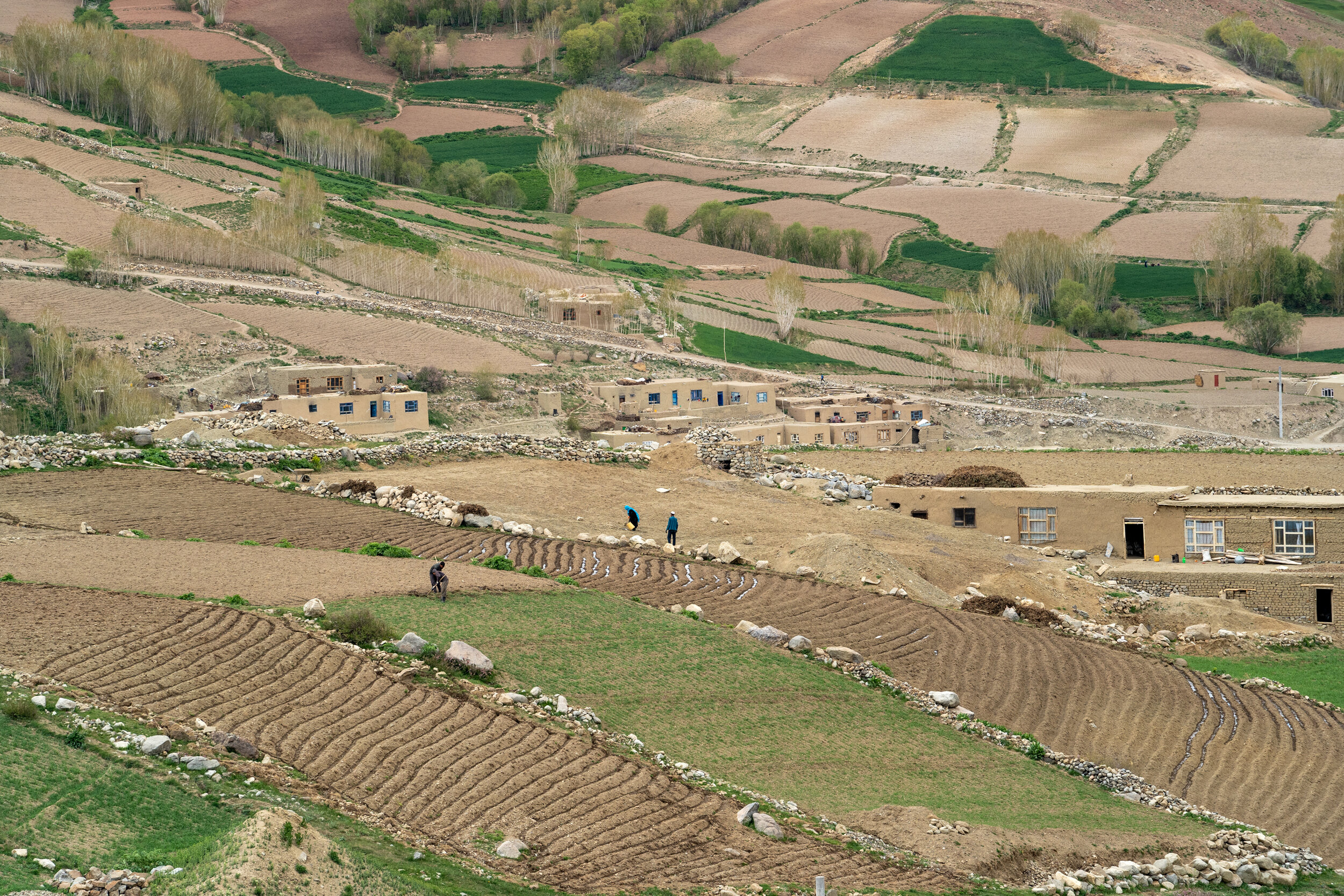
Bucolic Hazara Life
Bamyan, Afghanistan. May 2021.
Life in the small villages of a rural Foladi valley revolves around agriculture and animal husbandry. While life out here is not easy, it is undoubtedly peaceful, away from all the politics and insurgency of the rest of Afghanistan.

Lapis Lazuli Lake
Bamyan, Afghanistan. May 2021.
Band-e-Amir Lake is a lapis lazuli blue body of water nestled in central Afghanistan’s dry high altitude mountain valleys.
